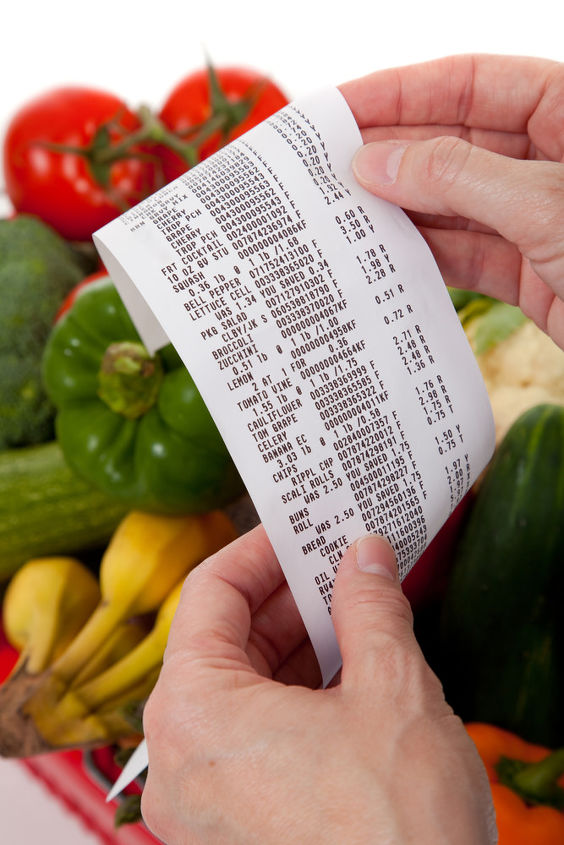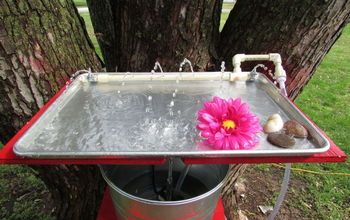26K Views
How to Cut Your Grocery Bill in Half

by
Quick and Dirty Tips
(IC: blogger)
Are you looking to cut expenses in your monthly budget? One of the easiest places to start is with your grocery bill. Learn the 4 tricks Domestic CEO uses to save money on her groceries each month. (Don't worry, you won't have to live on potatoes and ramen).
If you find yourself cash-strapped at the end of each month, wondering where your money has gone, it's time to make a change.
Tip 1: Track Price Tags
Tip 2: Buy When It’s Cheap, Not When You Need It
Tip 3: Use Coupons Responsibly
Tip 4: Always Have a Plan
Enjoyed the project?

Want more details about this and other DIY projects? Check out my blog post!
Published May 19th, 2015 2:00 PM
Comments
Join the conversation
2 of 44 comments
-
Most of u rnt going to like this but two ways I really save money at the store is avoiding purchasing processed convenience foods and shop for packaged/canned goods by price per pound. If u can track price per pound for meat, u can easily do it with the price per ounce listed on the shelf label. Imagine my surprise when a bag of decent potato chips(which I know longer buy), came out close to 12.00 a pound. Once u see how expensive processed food really is per lb., a lb. of carrots or chuck roast is not that bad. U'll be healthier and if ur worried about convenience, a crock pot is great for weeknight dinners. And shop the perimeter of the store, all the big $$$ items are in the middle and end caps. Rarely do u see basic food on an end cap. Manufacturers have a contract with the store to showcase their products.
 Nanette F
on May 26, 2015
Nanette F
on May 26, 2015
-
-
Or in my world DO NOT LET HUBBY SHOP WITH YOU! He wants everything he sees....lol
 Lisa House
on May 26, 2015
Lisa House
on May 26, 2015
-
































Frequently asked questions
Have a question about this project?